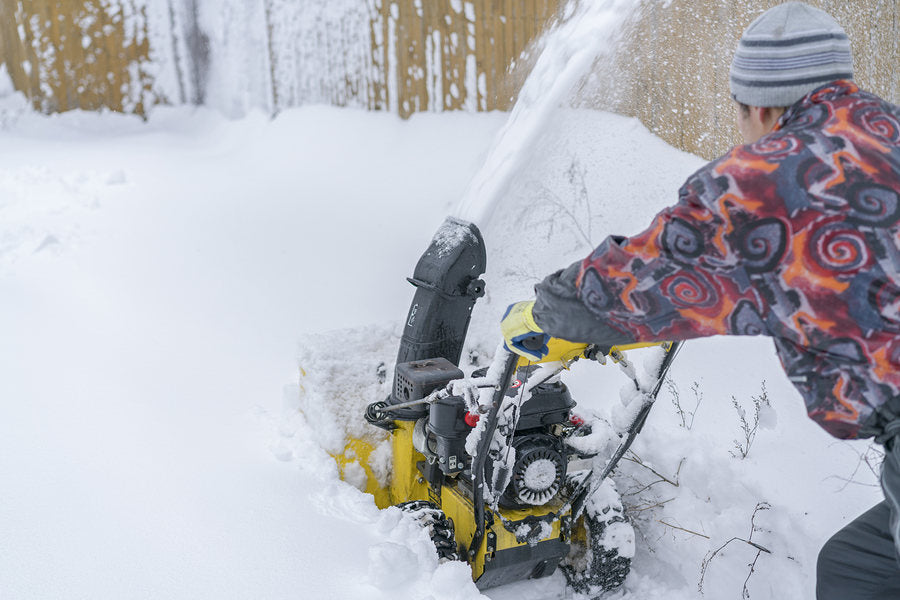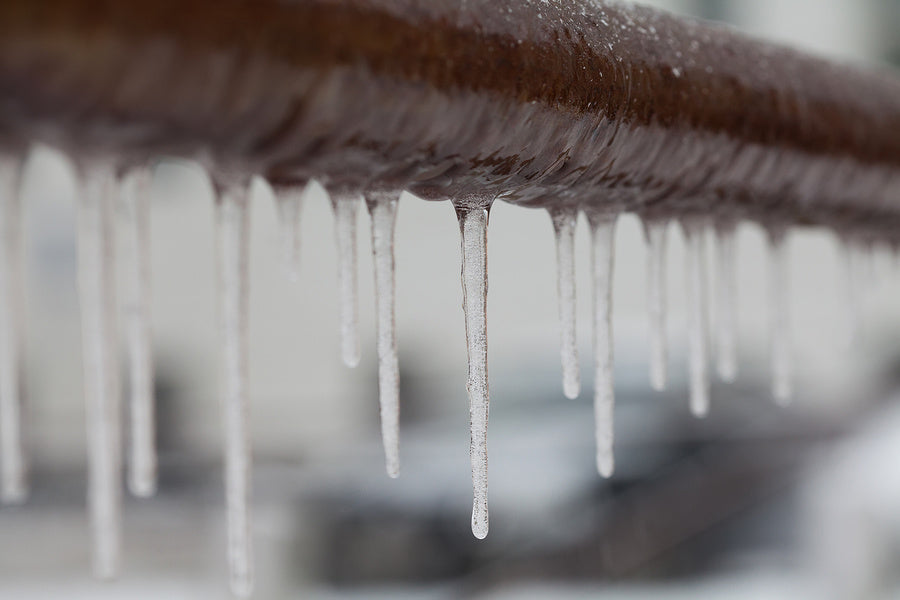Come winter, a snowblower is a great tool when you need to clear fallen snow quickly. Snowblowers work by blowing fallen snow to the side, clearing a yard, driveway, or sidewalk in just a few minutes. We can all agree that they are much faster and more efficient than using a traditional snow shovel to clear away snow, but are they safe?
Each year, hundreds of people injure themselves while using snowblowers. It’s easier than you might think to suffer serious damage to your hands, fingers, or other parts of your body by using snowblowers in a way that isn’t safe. In this guide, we’ll discuss the safety of snowblowers as well as how to use one without worry.
What Causes Snowblower Injuries?
First, let’s talk about why these machines can be so dangerous. While any snowblower can become a danger when used improperly, there are a few situations that make it more dangerous. Most injuries happen when snow is heavy and wet, causing the snow to clog the machine.
When a few inches of this kind of snow accumulates, the snowblower has a much harder time clearing it quickly. The machine can clog and many people get injured trying to dislodge the clog by hand. Even when the snowblower is switched off, the blades are still sharp and can be dangerous.
Are Snowblowers Safe to Use?
To answer the original question, yes, they are safe, however, only when used properly. What does it mean to use one properly? There are several things to keep in mind. To begin with, you should work at a brisk pace. The faster the snow hits the blades, the less likely it will stick to the blades and create a clog.
If you’re experiencing exceptionally heavy snow, it’s better to work periodically during the snowfall to prevent a large buildup. Another tip is to spray the blades and chute with cooking-oil spray to keep the snow from sticking to them. However, the most important safety tip to remember is to never put your hand near the blades. According to the American Society for Surgery of the Hand, this is the most common cause of snowblower-related injuries.
Snowblower Safety Tips
Aside from keeping your hands away from the sharp blades, there are other things you can do to keep yourself safe while using a snowblower. Keep these simple tips in mind:
If you follow these tips above, you should feel confident in using your snowblower safely.
Using Your Snowblower Safely
Snowblowers are a great winter tool, and they can greatly reduce the time you spend clearing snow from your property, but that doesn’t mean we needn’t be careful around them. When it comes to winter safety, take the above tips seriously. And, make sure you treat your snowblower with the respect it deserves. This is a big pieces of heavy machinery, so it should be treated as such. Safety always comes first.


